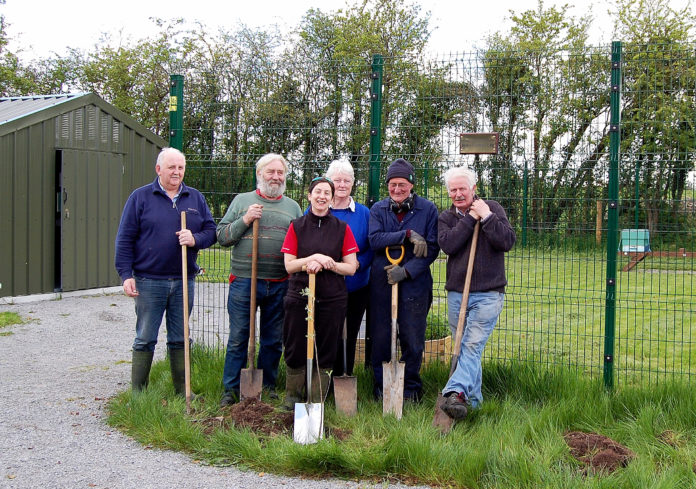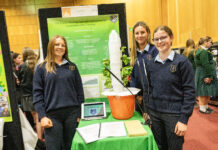
THINGS most people don’t know about the bees – and never mind the birds – are being made clear this week by the Limerick Bee Keeping Association.
This is the season when bees swarm and people may become alarmed to see a large living ball of bees.
However, the Limerick beekeepers advise anyone finding a swarm to keep calm, contact them because bees, after all, do a vital job in pollinating.
“Bees swarm when the Queen bee leaves the hive with many of the worker bees. It looks like a cloud of bees, and can contain up to 30,000 bees,” said Sinead Mortell, secretary of the Limerick association.
“Swarming is the natural process of how hives reproduce and it usually occurs in May and June sometimes in July. Swarms usually leave the hive between 10am and 2pm which is the sunniest part of the day.
“The swarm settles for a while at a spot, for example, a tree branch. It can ranges in size from a large melon to a basketball or sometimes larger. Scout bees look for a good location for the swarm, some typical ones are a building, tree hollow or a chimney. It can linger for several hours until a home is found.”
Sinead added that bees usually fill up on honey before swarming and can be docile, but it is still best to leave them alone.
“The best thing to do is contact Limerick Beekeeping Association. The website www.limerickbees.net has a list of members who collect swarms throughout the county and city. Follow the link on the main page.”
There are some naturally wild swarms, but not many, according to the association.
“A colony of bees is classified as wild if it survives for three years or more without interference by humans. The National University of Ireland, Galway (NUIG) are studying wild bees to discover the number and locations in Ireland.
“If anyone sees honeybees living in the wild please record the sighting on the All-Ireland Pollination website under wild honeybee study,” said Sinead.
Anyone interested in bees or beekeeping is invited to visit the Association’s stand at the Limerick Garden Festival in June at the Milk Market.









